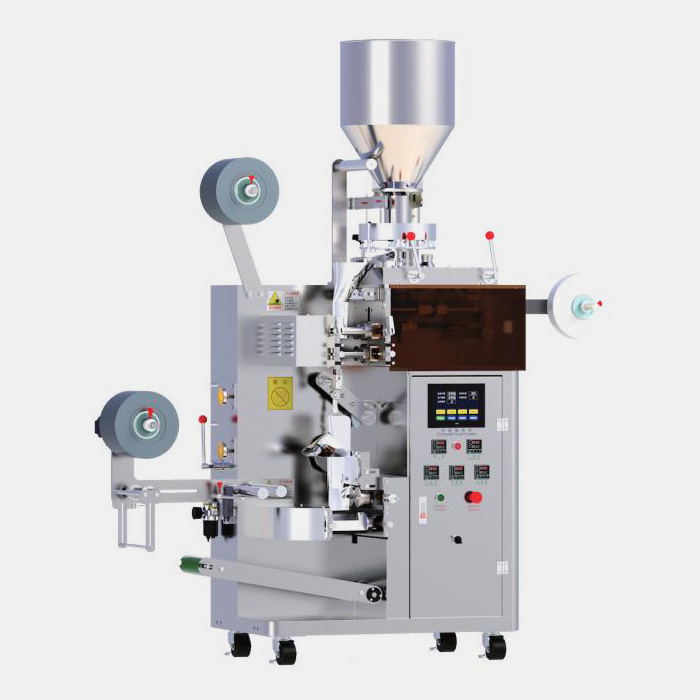Milk Powder Packaging: The Complete Buying Guide In 2025
Essential vitamins, minerals and nutrients especially for all groups of people and pediatrics can be gained by using milk powder. Pure milk and its products are the basic necessity to strengthen the bones of humans. In this regard many manufacturers that are involved in milk powder packaging business improving their packaging methods to get more customer attraction and enhance their sales.
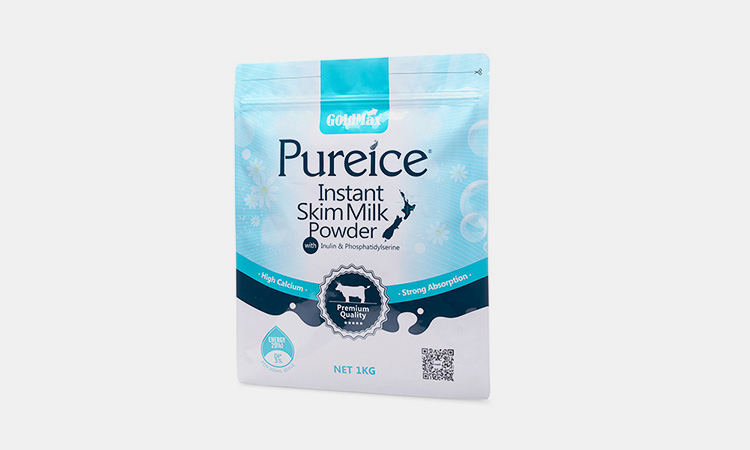
Allpack is also here to provide you with multiple solutions for milk powder packaging. This buying guide will answer all your queries related to milk powder packaging and its benefits. So, enjoy the most out of it.
1. What Is A Milk Powder Packaging?
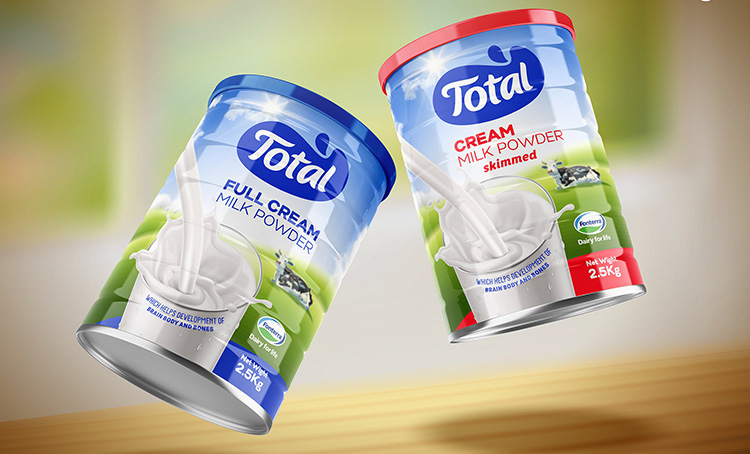
Milk powder packaging is a type of packaging solution which is carried out to pack powdered milk into suitable bags, pouches, cans, bottles and etc. This powdered milk is packaged in a way that is can easily be reused in future. The intake of milk powder is carried out either directly or by adding some water content.
Most of the time plastic, paper and metal packages are designed for packaging of milk powder. The basic purpose of milk powder packaging is to prevent the entrance of moisture, light, humidity and other environmental factors that can finish the purity of a milk powder.
2. What Types Of Milk Powder Are Mostly Packaged?
Some of the common types of milk powder that are mostly packaged are
- Butter Milk Powder
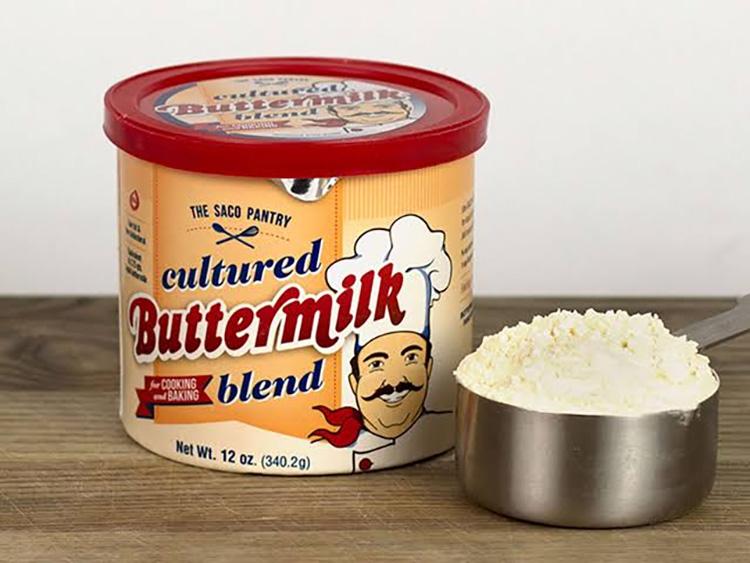
The most unique, expensive and naturally favorable milk is a butter milk powder. It has a large content of butter and can easily be used for baking products.
- Skim Milk Powder
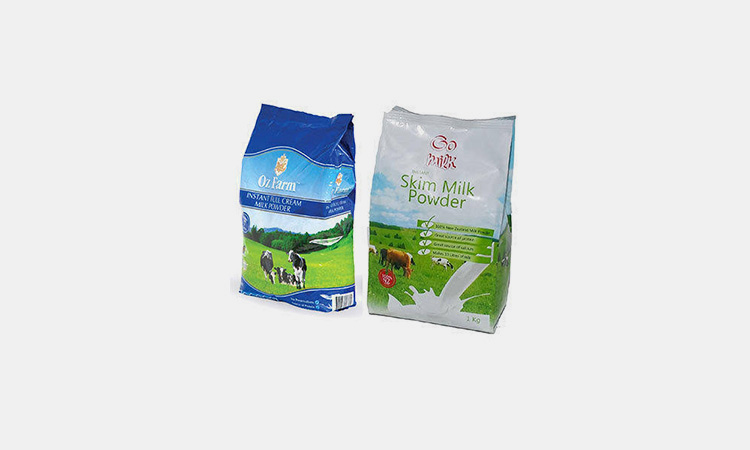
This type of milk powder is made up of the powder made up of cow’s milk. The number of calories as compare to whole milk powder is less in skim milk and has less fat and calories content.
- Whole Milk Powder
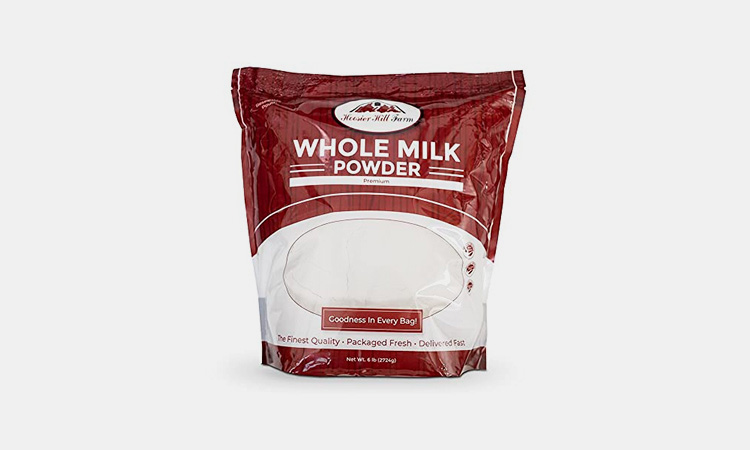
Whole type milk powder is usually made up of cow’s whole milk. A whole milk powder contains creamy rick flavor and is used as a dairy powder in most part of the world.
- Non- Dairy Milk Powder
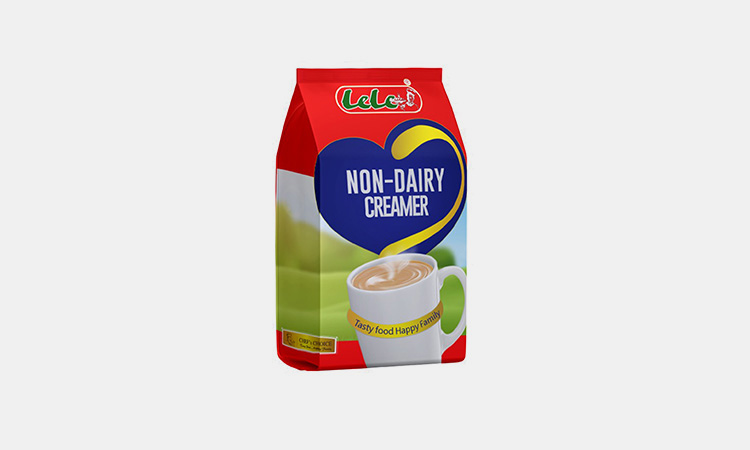
Non-dairy milk powder like almonds, soy add oats is one of the most essential and unimportant type of milk powder packaging. It is only used to freeze the temperature.
- Infant Milk Powder
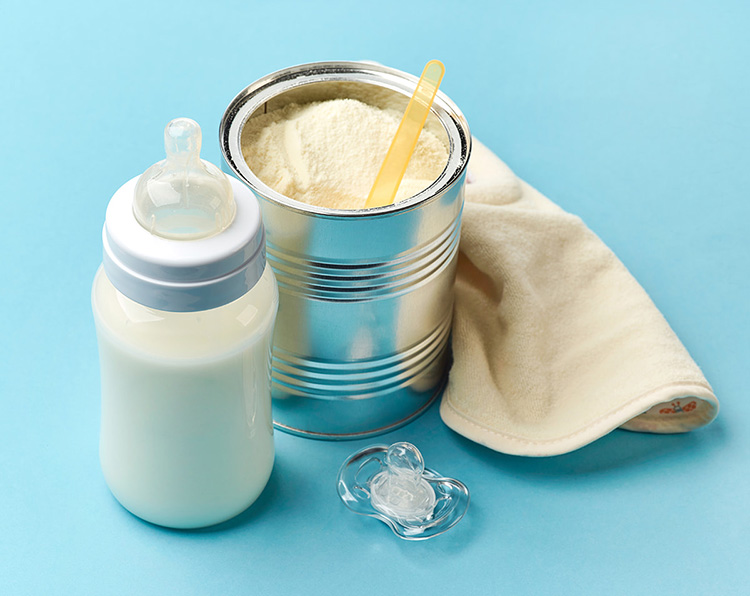
The milk powder that is used for the development and growth of human baby is known as infant milk powder. It has complete essential nutrients that are used for infants.
3. What Materials Are Mostly Applied In Milk Powder Packaging?
Materials that are mostly applied on milk powder packaging are
- Plastic

The most used material for filling and packaging of milk powder machine such as plastic bags, pouches, and containers, is a common choice for milk powder because it is lightweight, durable, and offers a good barrier against moisture and light.
- Paper

Paper packaging, such as paper bags and cartons, is a popular choice for milk powder because it is biodegradable, recyclable, and relatively cheap to produce.
- Metal
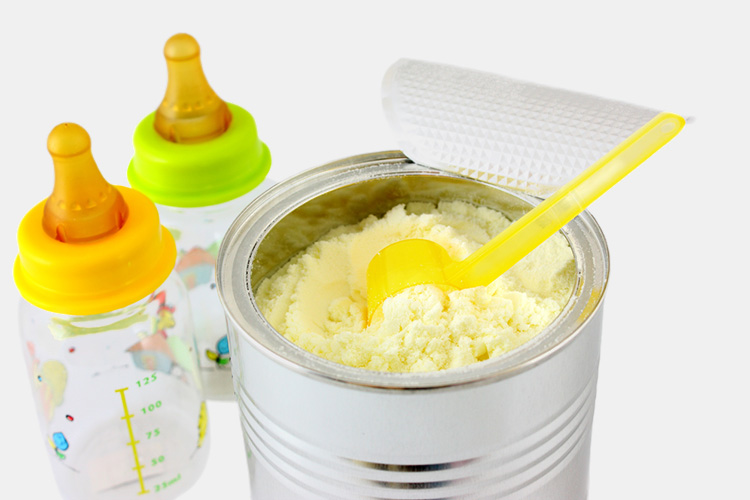
Metal packaging, such as metal cans, are often used for long-term storage of milk powder and provides a high level of protection against moisture, light, and other environmental factors.
4. What Are the Advantages By Milk Powder Packaging?
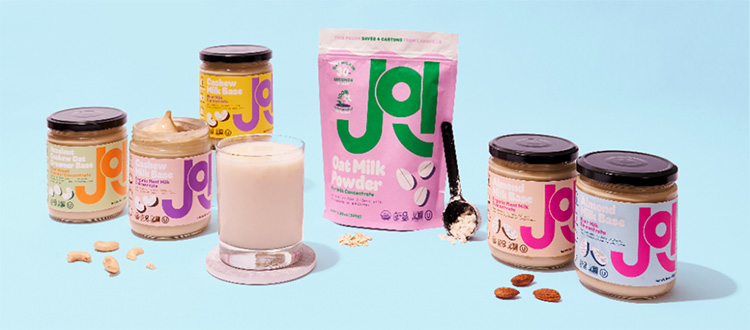
Some of the advantages that a milk powder packaging provides are
- Greater Shelf life
Milk powder packaging provides longer shelf life to the milk powder and maintains its freshness that means it can be stored for longer periods without any material spoilage. Milk powder packaging makes ease in practical consumption for household’s requirements and can be used under any circumstances.
- Customization
Milk powder packages are designed in a way that the standards given by world organization are matched. The milk powder packaging is also controlled by customizing its portion, branding, marketing, inclusion of measuring scoops and inclusion of measuring spouts.
- Convenient
The convenience level of milk powder packaging is that the packaging material does not get damaged even if travelled to any part of the world. Large quantity of milk powder can be transported in a highly efficient manner no material takes place.
- Milk Powder Utilization
Any type of milk powder can be adjusted in any type of the packaging material. The only difference lies between environmental conditions. Convenient packaging of milk powder helps the customer to use it in a precise manner.
- Eco Friendly
Most of the milk powder packaging are biodegradable and can easily be recycled without providing any type of harm to the environment. The impact of milk powder packaging either plastic or paper is minimized to around zero.
5. What Machines Can Be Applied In Milk Powder Packaging?
There are various machines that can be used in milk powder packaging, including:
Auger Milk Powder Packaging Machine
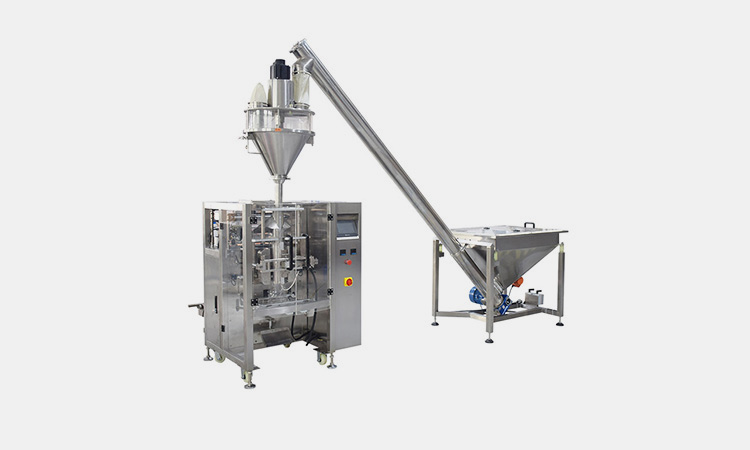
Auger milk powder packaging machine is a type of milk packaging machine used in the food and beverage industry to fill containers with various products, including milk powder. Auger milk powder packaging machine follows following working principle
Working Principle Of Auger Milk Powder Packaging Machine
- The product is fed initially into the hopper, where it is mixed and kept flowing by the agitator.
- As the operation starts, the auger moves the product to the filling nozzle, where it is dispensed into the container.
- The speed of the auger and the volume of product dispensed can be controlled using the control panel, allowing for accurate and consistent filling.
VFFS (Vertical Form Fill Seal) Milk Powder Packaging Machine
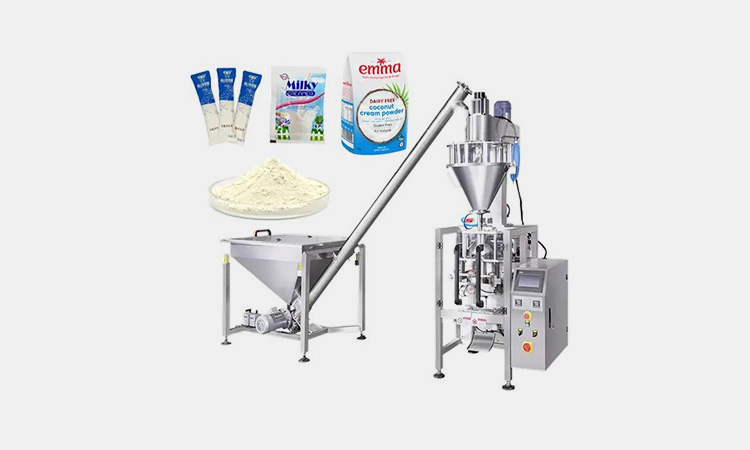
A Vertical Form Fill Seal (VFFS) machine is a type of packaging machine used for milk powder packaging in the form of a bag. The working principle of a VFFS machine is as follows
Working Principle Of VFFS Milk Powder Packaging Machine
- The film roll mostly of aluminum or plastic is first fed into the machine and heated to create a bag.
- The forming tube on the other hands holds the film in place and shapes it into a bag. Similarly the filling system releases the milk powder and fills the bag with it.
- Once the milk powder is filled into the packaging material the sealing system seals the top of the bag. Usually heat seal is present to close the top of bag.
- After complete filling and sealing process, the cutting system is present at the end of production line where the edges of bags are cuts into the desired length.
- The final finished bags are then moved out of the system by the conveyors. These conveyors are present at the both ends of a vertical form fill sealing machine.
Rotary Milk Powder Packaging Machine
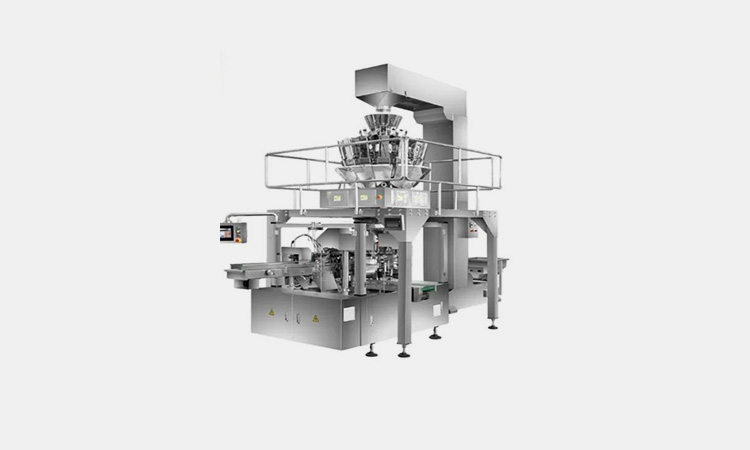
A rotary powder packaging machine, also known as a milk packaging machine, is used to fill and seal pre-made pouches or bags with liquid or semi-solid products like milk and milk powder respectively. A rotary powder packaging performs continuous option that makes it highly efficient and productive.
Working Principle Of Rotary Milk Powder Packaging Machine
- Initially the packaging material is fed into the machine and from this the milk powder packaging bags are formed.
- Once the material is filled in the hopper, it travels through the filling system and reached the filling nozzle. Here when the signal for the presence of packaging material is received, the filling nozzle releases the milk powder and it is filled into the packaging material.
- Filled milk powder bags are conveyed further to the sealing unit where the process of sealing is carried out on the milk powder packaging.
- Some of the rotary milk powder packaging machines use data coders to input date coding prints of production date and batch number on the bags.
- The final finished milk powder packages are then moved to the final stage where their case packaging is performed and the products becomes ready to travel.
Stick Milk Powder Packaging Machine
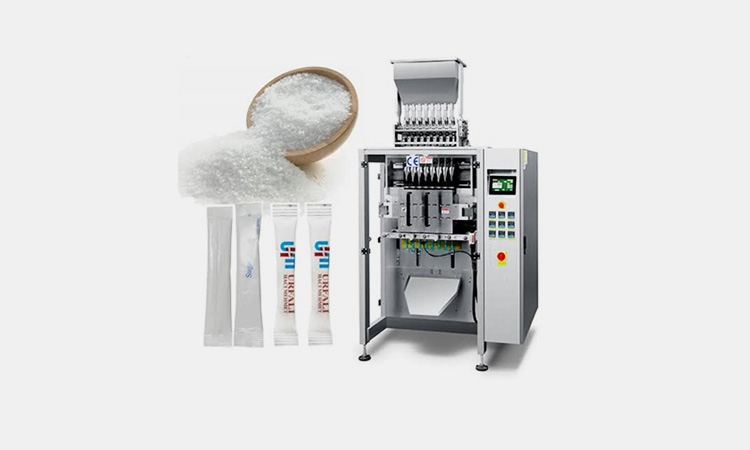
A stick milk powder packaging machine depends upon the filling criteria of a manufacturer as it is directly related with the size and shape of the packaging material. The basic functions of a stick milk powder packaging is that it is comprised of
- Filling and Dosing System that is responsible for accurately dispensing the milk powder into the stick shaped packaging material
- Packaging Material Unwinder unwinds the roll of packaging material and feeds it into the machine.
- Form Fill Seal Unit The form fill seal unit is responsible for forming the pouch from the packaging material, filling it with the milk powder, and sealing the pouch after it has been filled.
- Cutting Unit: The cutting unit cuts the formed and filled pouches into individual sticks.
- Final Product Conveyor: This component carries the individual sticks away from the machine and onto a packaging or storage area.
Working Principle Of Stick Milk Powder Packaging Machine
- Initially the form fill seal unit receives the packaging material from this the bags or pouches of milk powder packaging bags are formed.
- Once the material is filled in the hopper, it travels through the filling system and reached the filling nozzle. Here when the signal for the presence of packaging material is received, the filling nozzle releases the milk powder and it is filled into the packaging material.
- Filled milk powder bags are then sealed and cut in further steps of the milk powder packaging machine.
- The final finished milk powder packages are then moved to the final stage where their case packaging is performed and the products becomes ready to travel.
- The same process is repeated continuously and the quality of the products remains the same.
Horizontal Form Fill Seal (HFFS) Milk Powder Packaging Machine
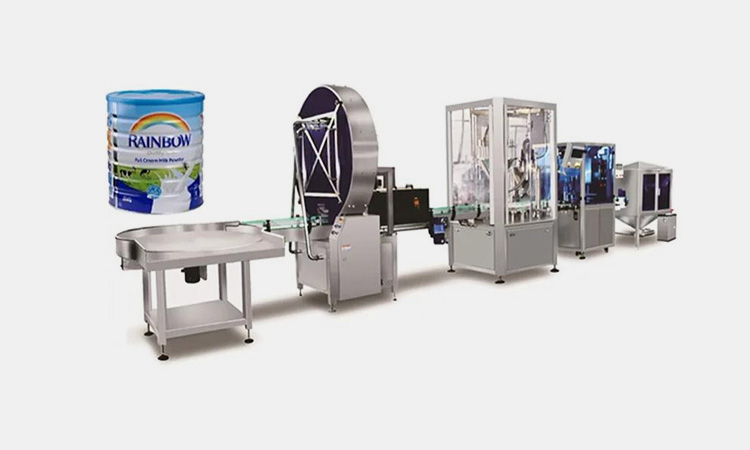
A Horizontal Form Fill Seal (HFFS) milk powder packaging machine is used to package products in a horizontal flow wrapper. It typically consists of the following major components
Working Principle Of Horizontal Form Fill Seal (HFFS) Milk Powder Packaging Machine
- The packaging material is fed into the machine from the unwind roller and then transported to the forming and sealing station. The material is formed into a pouch using a horizontal forming tube, and the sides of the pouch are sealed using sealing jaws.
- The filled pouches are then transported to the seal station where the top of the pouch is sealed, creating a finished package.
- The finished package is cut from the continuous web of material and discharged onto a conveyor for further processing.
6. What Are the Differences Between Milk Powder Packaging And Liquid Milk Packaging?
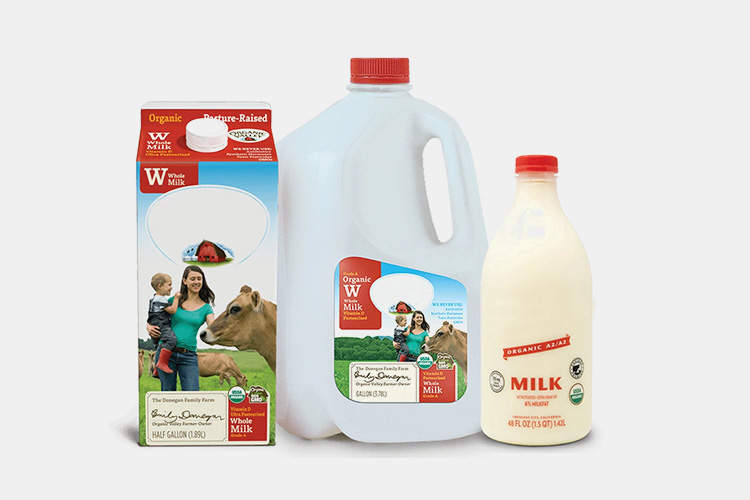
Both milk powder packaging and liquid milk packaging are different in several areas including their shelf life, convenience, and packaging. The amount of proteins, calcium and other can differ from product to product and are adjusted accordingly
- Milk Powder Shelf Life
Milk powder is made by removing the liquid from fresh milk, which results in a longer shelf life. The powder can be stored for several months without refrigeration, making it a convenient option for those who don’t consume milk frequently or who are looking to stock up on a pantry staple.
On the other hand, liquid milk has a much shorter shelf life, typically lasting only a few days once opened. This means that it must be consumed more quickly or be stored in a refrigerator.
- Convenience
Milk powder requires complete preparation and mixing process. While mixing it with water is a simple process, it still requires an extra step that some consumers may find inconvenient.
On the other hand, Liquid milk is ready to drink and can be consumed immediately, making it a convenient option for those who don’t want to take the extra step of mixing the powder with water. For example, you can simply pour a glass of liquid milk or add it to your cereal, coffee, or tea.
- Packaging State
Both the milk powder packaging and liquid milk packaging can be filled into bags, pouches, cans and bottles. But powdered milk is more secure in pouches and liquid milk is ideal to be filled in containers or bottles.
7. What Are the Differences Between Infant Milk Powder Packaging And Ordinary Milk Powder Packaging?
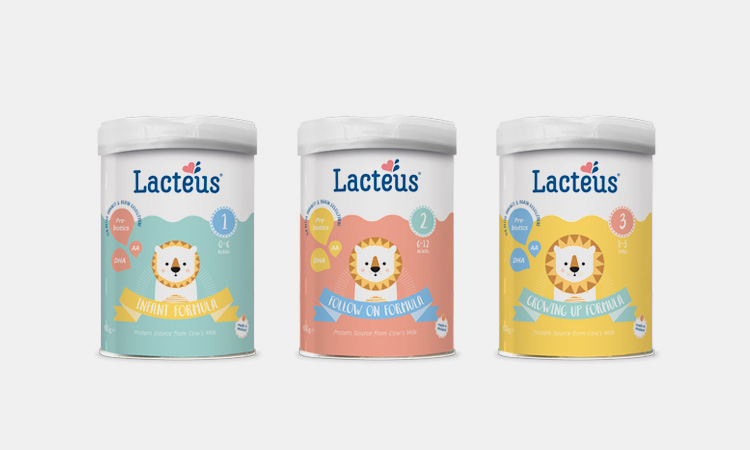
There are major differences between the packaging of infant milk powder and ordinary milk powders. The reason remains the end user. An infant milk powder needs high level of sensitiveness and determination while packaging. Some of the differences among both of the types of powdered milk are
- Packaging Design
An infant milk powder packaging is often designed to be more user-friendly, with a tamper-evident seal, a scoop or measuring cup included, and detailed instructions for preparation and storage.
On the other hand and ordinary milk powder packaging is typically simpler, with just basic labeling information and without additional features.
- Label Information
Infant milk powder packaging must include a warning against using it as a substitute for breast milk, as well as detailed information about ingredients and nutritional content.
Ordinary milk powder packaging typically has more basic labeling information, with only the name of the product, ingredients, and nutritional information.
- Packaging material
Infant milk powder is usually sold in cans, pouches, or plastic containers.
While ordinary milk powders are often sold in paper or plastic bags. No specific packaging bags preparation is required.
- Regulatory requirements
Infant milk powder is subject to strict regulatory requirements regarding its composition, production, and labeling, while ordinary milk powder may not be held to the same standards.
- Reseal Ability
Some infant milk powder brands offer packaging that is resalable, recyclable and reusable to preserve the freshness of the product
Ordinary milk powder packaging is not typically designed to be resalable or reusable.
- Tamper-evident Seals
Infant milk powder packaging often includes a tamper-evident seal to ensure the safety and quality of the product
While ordinary milk powder packaging may not use tamper evident feature and no special product security is required.
- Measuring cups
Infant milk powder packaging often includes a measuring cup to ensure proper portioning.
Ordinary milk powder packaging on the other hand lacks this type of feature. A proper measuring cup may not be as useable as in infant milk powder.
8. What Are the Differences Between Carton Milk Powder Packaging And Can Milk Powder Packaging?
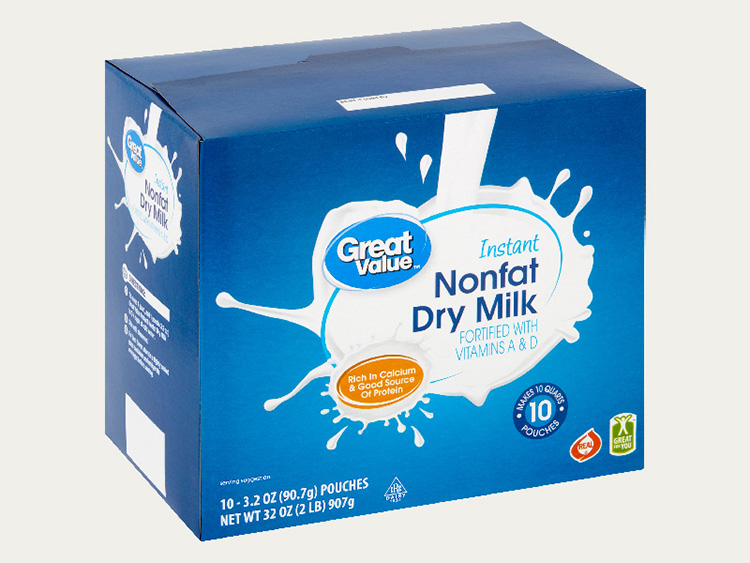
When it comes to carton milk powder packaging and can milk powder packaging, there has been a long discussion on the reason of packaging and its standards. There are two common types of packaging for milk powder products. Some of the difference that can show a clear picture between carton and can packaging are
- Material
Carton milk powder packaging is typically made of paperboard, paper or hard boards. The cartons are packaged either manually or by using a carton sealing machine.
Can milk powder packaging is mostly made of metal, aluminum or tinplate material.
- Durability
Cans are generally more durable and able to withstand damage better than cartons.
Can also provide better barrier against light, air, moisture, and bacteria. This helps to preserve the freshness of the milk powder for a longer period of time.
- Ease
Cartons are usually lighter and easier to carry them a more convenient option for consumers who want to take their milk powder on the go.
Cans, on the other hand are generally heavier in size and are less portable. It requires effort to carry can from one place to another.
- Recycling
Carton milk powder packaging is typically easier to recycle than can milk powder packaging. This is because cartons are made of paper and other biodegradable materials, while cans are made of metal and require more energy to recycle.
9. What Are the Differences Between Milk Powder Canned Packaging And Milk PowderBagged Packaging?
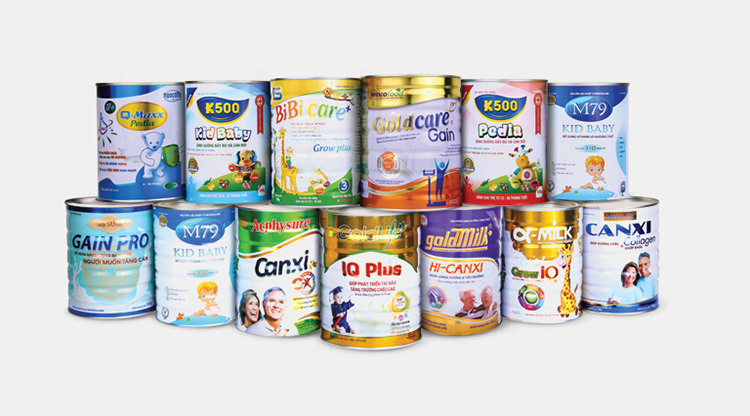
Some of the differences between milk powder canned packaging and milk powder bag packaging are
- Packaging
The primary difference among both of the packaging methods is the packaged itself.
A milk powder bagged packaging used bags usually made up of plastic, paper and aluminum are can easily be accommodate in any place.
Whereas, as the name suggests cans are used for the packaging of canned milk powder packaging. They are mostly made up of metal.
- Material Shelf life
The material packaged in bags of plastic are considered the most but they offer less shelf life of material as compare to the canned milk powder packaging. Product lasts for a longer period when packaged in cans as the entrance of microbes is directly blocked.
- Convenient Packaging
Canned milk powder packaging occupies greater space and is difficult to be carried from one place to another.
On the other hand bagged milk powder packagings are more convenient and can easily be stored anywhere. Bags can also be placed in any retail stores is bulk quantity.
- Packaging Cost
Due to the use of metal in canned milk powder packaging, the total cost of can turns to be very high.
The major reason why bagged milk powder packaged are considered is that they are available is less prices. Same quantity of material is bags can be almost half as in the can.
10. Why Nitrogen Need To Be Applied In Milk Powder Packaging?
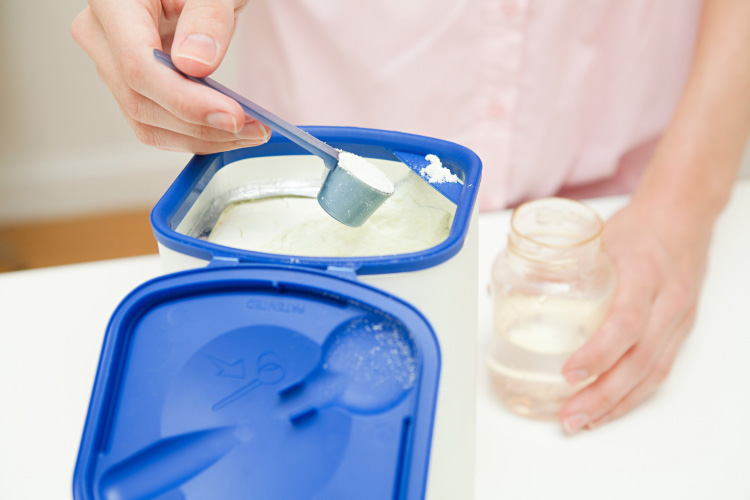
Benefits Of Nitrogen In Milk Powder Packaging
Nitrogen is often used in the packaging of milk powder because it helps to preserve the quality of the product. This gas keeps the internal contents to settle in the limited space and ensures that no bacteria can leave the system. Some of the basic requirements and advantages while using Nitrogen gas are
- Oxygen Protection
Nitrogen is an inert gas that does not support combustion or oxidation. When nitrogen is flushed into the package, it replaces the oxygen and creates an oxygen-free environment. This helps to prevent the growth of bacteria, fungi and other microorganisms that can spoil the milk powder.
- Moisture Protection
Nitrogen also helps to prevent moisture from entering the package and affecting the quality of the milk powder. Moisture can cause clumping, caking and the growth of bacteria, leading to the spoilage of the product.
- Aroma Preservation
Milk powder has a characteristic aroma that is important to its quality and appeal. Oxygen and moisture can cause the aroma to deteriorate over time. By using nitrogen in the packaging, the aroma of the milk powder is protected, ensuring that it retains its freshness and flavor.
- Extending shelf life
By preventing oxygen and moisture from affecting the quality of the milk powder, nitrogen also helps to extend the shelf life of the product. This is important for both manufacturers and consumers as it ensures that the milk powder will remain fresh and of high quality for longer periods of time.
Conclusion
Consumption of milk powder has drastically increased in the past 10 years. The milk powder packaging technique has modified itself with each passing day as powdered milk requires high level of sensitivity and care. We Allpack are also providing you numerous of solutions for milk powder packaging. Feel free to contact our customer care representative 24/7 or for any query you can visit our website http://www.allpackchina.com/.
Don't forget to share this post!
CONTACT US
Tell us your raw material and project budget to get quotations within 24 hours.
WhatsApp Us: +86 181 7101 8586
The Buyer's Guide
